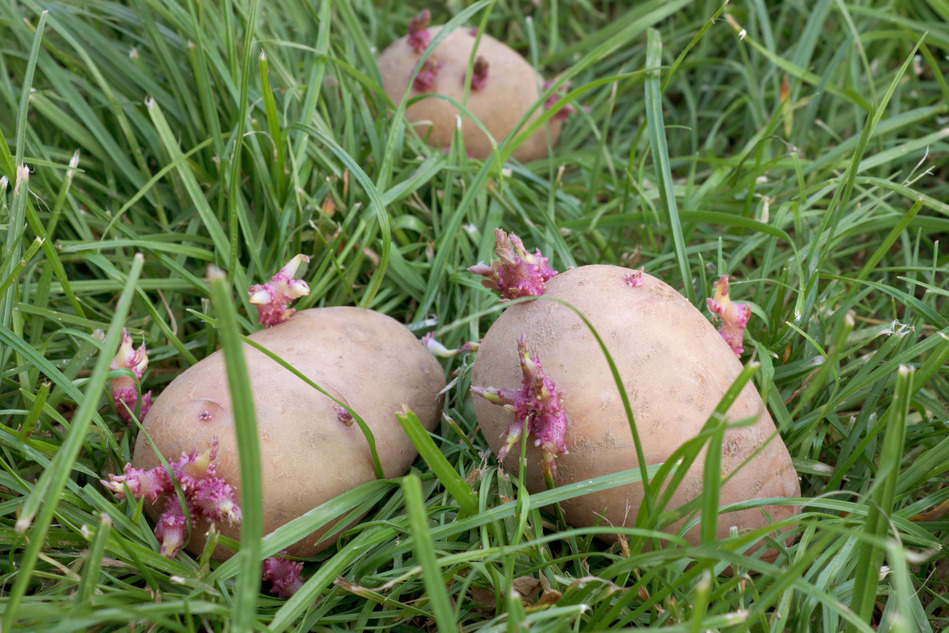As long as you’re remodeling, why not cut your utility bill and make your home a bit healthier?
Saving energy wasn’t on the list of reasons we’re finally ripping out the kitchen in our mid-century home (green-veined, imitation marble laminate countertops figured much more prominently). But, a session at the recent 2012 Remodeling Show in Baltimore clued me in as to why adding a few simple tasks to our remodeling plan could lower our home’s energy bill, get rid of some of the annoying hot and cold spots in our house, and make our home less hospitable to mold and other allergens.
Carl Seville, author of Green Building: Principles and Practices in Residential Construction, shared some simple, inexpensive ways to make remodels and additions more energy efficient from the standpoint of energy usage and conservation of resources.
Try these eight tips from Seville:
1. Check for water intrusion, condensation, and excess moisture before you begin the project. Fixing those issues during remodeling can improve your home’s indoor air quality (excess moisture encourages mold).
2. Use the least amount of framing allowed by your building code when adding walls. Not only will you have to pay for less lumber and fewer nails, the contractor will have more room to put insulation in your walls, making your home more energy efficient.
3. Resist the urge to splurge on multiple shower heads. Opt for a single low-flow shower head rather than installing a car wash-style plethora of shower heads.
4. If possible, add new HVAC ducts to parts of your home that are heated and cooled, rather than placing them in a space with unconditioned air (like the attic). If that’s not possible, insulate the ducts. Have an HVAC diagnostician analyze your system to make sure it’s sized correctly and balanced to properly exchange old and new air.
5. Be sure to insulate around recessed lights that protrude into un-insulated attic spaces — these are major sources of air leaks.
6. If you’re wasting water, you’re wasting energy. Look at high-efficiency or solar water heaters, and insulate your water pipes. If you want hot water faster, move the water heater closer to the faucet or install demand pumps to drive hot water to the fixture.
7. Install wall-mounted efficiency toggle switch plates for the outlets where you plug in your televisions and computers to make it easy to cut off the power to electronics you’re not using.
8. A humidistat that automatically turns on the bathroom fan when moisture rises beats depending on teenagers or tenants remembering to use the fan. Reducing bathroom moisture reduces the chances you’ll have mold.
When I pull the kitchen cabinets off the wall, I’m going to use caulk to seal between the wallboards and the floorboards before I put down new flooring and install the new cabinets. And since I’ll have the caulk out, I’m going to seal the top of window trim, something my home’s builder didn’t do.




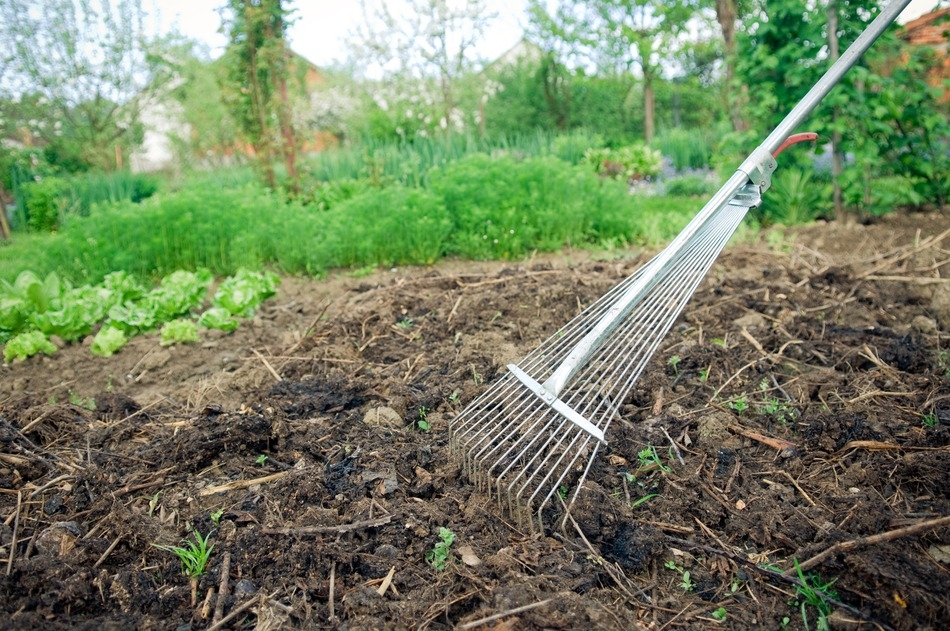

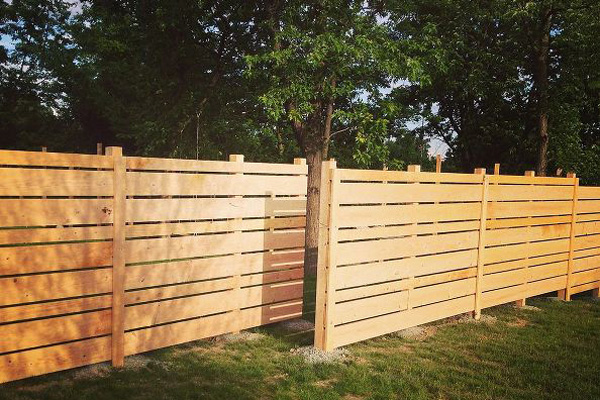
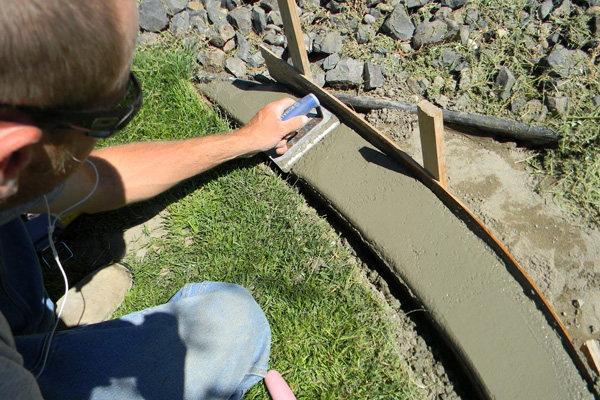
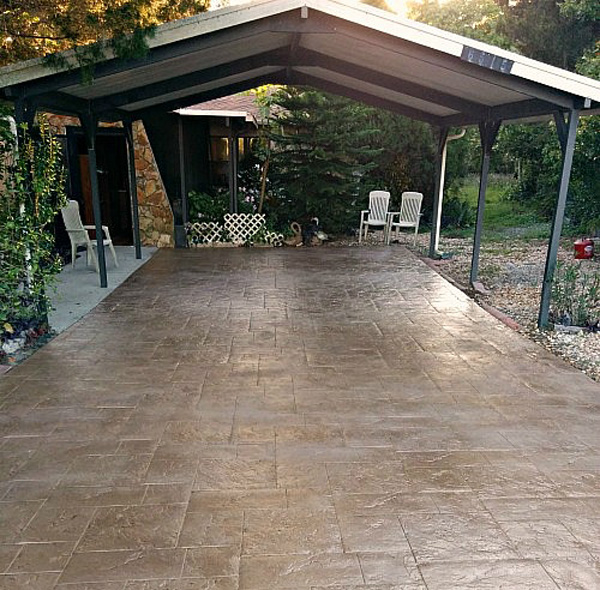 Image: DIY Fun Ideas
Image: DIY Fun Ideas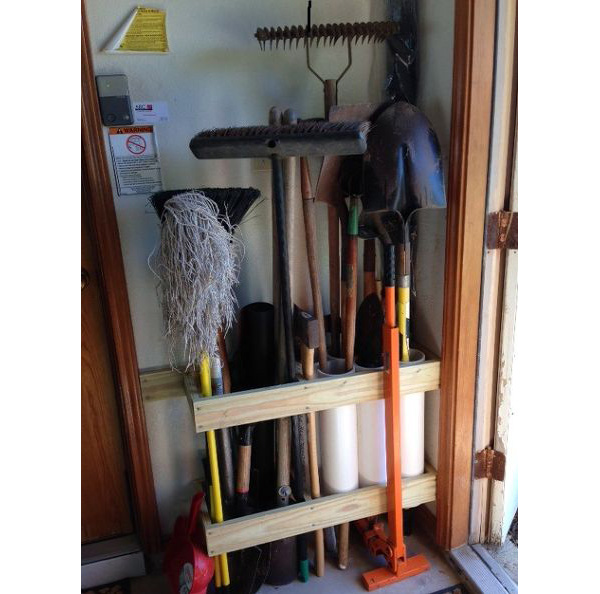 Image: Ouina, HomeTalk.com contributor, Edinburg, Texas
Image: Ouina, HomeTalk.com contributor, Edinburg, Texas